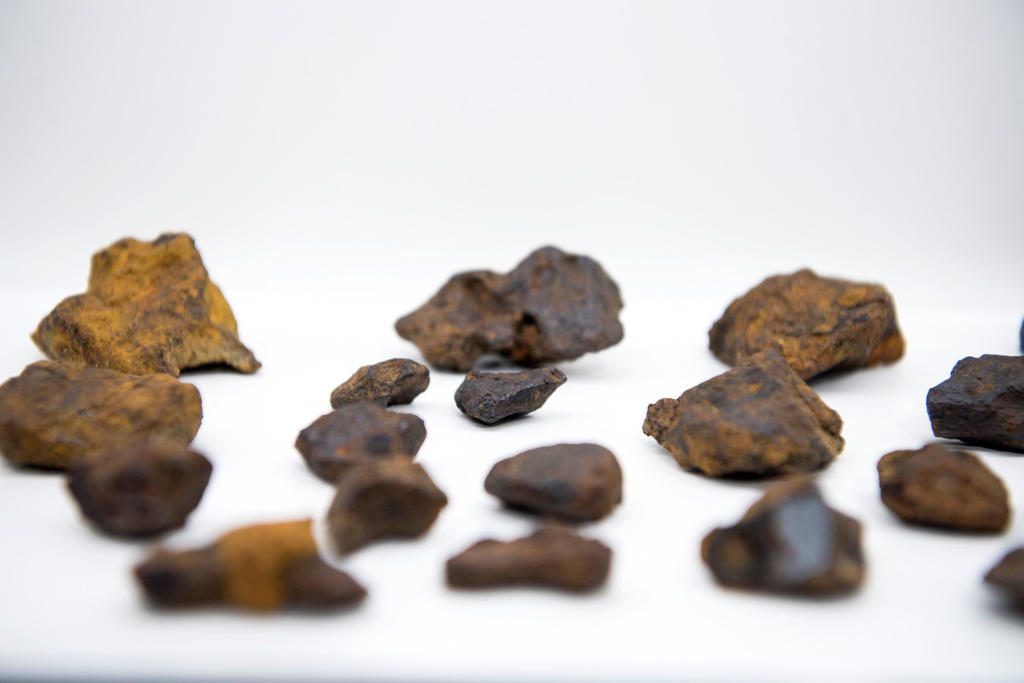
Bern researchers discover freshly fallen meteorite in Oman

Researchers from Bern have recovered a freshly fallen meteorite in Oman. It is the second such find in which the Natural History Museum in Bern has been involved.
+ Get the most important news from Switzerland in your inbox
The meteorite also contains a previously unknown mineral, the Natural History Museum Bern (NMBE) announced on Thursday. The data was recently submitted to the Meteoritical Society and the meteorite was included in the official meteorite register. The meteorite has been officially named Raja after the place where it fell. The meteorite originates from the asteroid belt between Mars and Jupiter.

More
Three new Swiss meteorites registered
The Ottoman-Swiss research team discovered the meteorite using cameras that have been pointed at the sky over the central desert of Oman since 2021. On December 23, 2023, they saw a fireball that was recorded by four cameras with a duration of 3.3 seconds. The researchers used these images to calculate the trajectory of the fragment that had fallen from space. Just 49 days later, they found the 26.8 gram meteorite near an abandoned drilling site.
Small meteorites are hard to find
Tests have now confirmed that it is the meteorite recorded by the camera. For the tests, isotope measurements were carried out in the Vue-des-Alpes deep laboratory in the Neuchâtel Jura.
According to the NMBE, small meteorites make up the majority of all meteorites that reach the Earth. However, because they are difficult to find, they are rarely recovered. “Raja is therefore an important contribution to our understanding of the overall flow of meteorites to Earth,” the museum continued.
The NMBE researchers also found a meteorite in the Ottoman desert in February 2023.
Translated from German by DeepL/jdp
This news story has been written and carefully fact-checked by an external editorial team. At SWI swissinfo.ch we select the most relevant news for an international audience and use automatic translation tools such as DeepL to translate it into English. Providing you with automatically translated news gives us the time to write more in-depth articles.
If you want to know more about how we work, have a look here, if you want to learn more about how we use technology, click here, and if you have feedback on this news story please write to english@swissinfo.ch.

In compliance with the JTI standards
More: SWI swissinfo.ch certified by the Journalism Trust Initiative































You can find an overview of ongoing debates with our journalists here . Please join us!
If you want to start a conversation about a topic raised in this article or want to report factual errors, email us at english@swissinfo.ch.